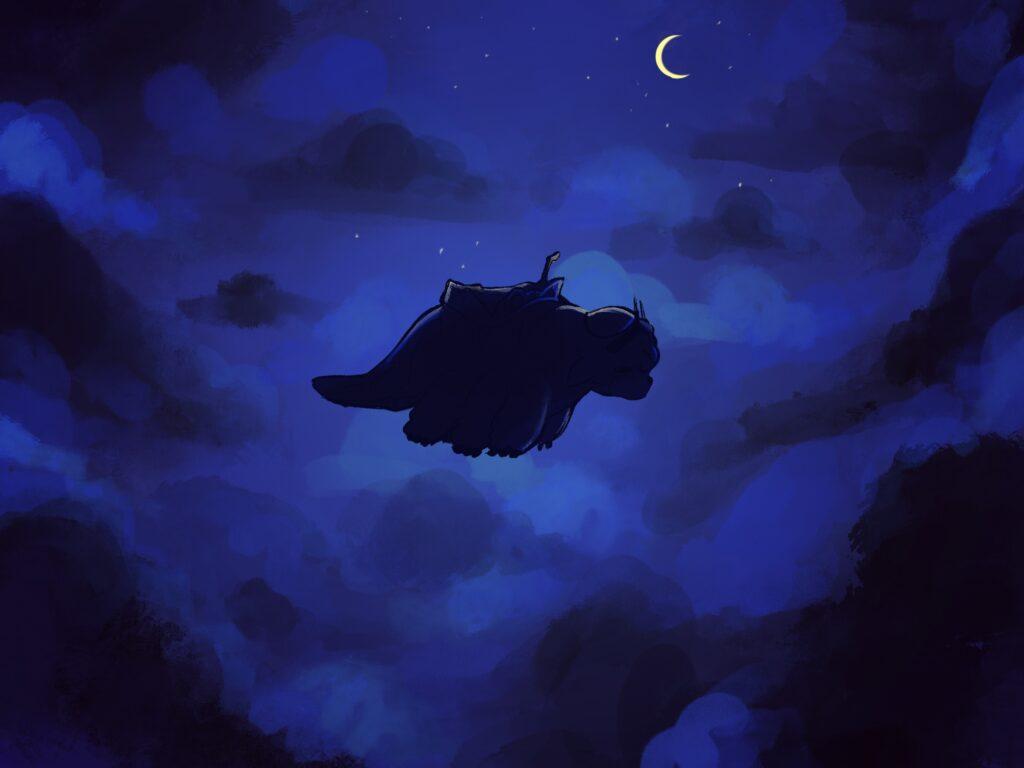At this point, everyone in the “Avatar: the Last Airbender (AtLA),” fandom is aware of the infamous 2010 live action movie by M. Night Shyamalan, which failed spectacularly on nearly every conceivable front. The sheer misunderstanding of the characters, story and core themes was so devastating to the material Shyamalan was trying to present that it burned the distrust of any AtLA movie adaptation into the minds of fans for the past decade.
And yet, here we are, on the cusp of 2024, with another remake in sight, in the form of Albert Kim’s Avatar the Last Airbender TV series with a $120 million budget, starring Gordon Cormier as Aang, Kiawentiio Tarbell as Katara, Ian Ousley as Sokka, and Dallas Liu as Zuko.
As a childhood fan of AtLA, I’m half-terrified and half-excited about the whole prospect. I can’t bring myself to fully hope for a competent remake, but at least now Albert Kim has an idea of exactly which parts he has to do well, and exactly what not to do.
So I ask — what can the 2024 version potentially avoid, and what parts of AtLA are the most necessary to replicate with quality?
- Cast better actors
Every good film has to start with a good crew. The actors to portray characters in a story like AtLA have to obviously be young enough to look the age of their character, while also being old enough to have enough acting experience and knowledge to properly portray them. Then there’s the race aspect — the backlash to the “white Sokka” incident (where Sokka, a character coded as an Inuit boy, was played by a white actor) has made it evident that a story taking place in a fantasy Asia-inspired world should have actors that actually reflect the characters’ ethnicities. The new live-action is already more promising, as most of the actors are non-white and fit the ethnicities their characters were based on, such as Tarbell and Ousley being Native American and Liu being Chinese-Indonesian. Hooray!
- Include actually good depictions of bending
From the bafflingly awful portrayals of bending styles that are integral to the story in the past movie, we can glean that hiring masters of Tai Chi, Hung Gar, Shaolin and Bagua (the martial arts that inspired waterbending, earthbending, firebending and airbending respectively) should be a given. Preferably, the actors should be coached in the styles of their character on how to perform the moves correctly with proper form, or they should already be proficient in the art.
- Have a deep understanding of the themes
A lot of the weird thematic dissonance in the 2010 movie could probably be owed to the fact that M. Night Shyamalan only watched half of the original TV series before starting to work on the movie (yes, really), which left him with a half-complete understanding of the themes. I hope that for this movie, Kim spent time analyzing themes, focusing on which characters and moments impact which theme, and talked to the fans to receive feedback on plot elements.
- Have a deep understanding of the characters
The lifeblood of “Avatar: the Last Airbender” is its characters. Nearly every single primary and secondary character in the show is portrayed with nuanced and meaningful characterization that is absolutely essential to understanding their dynamics and actions. Think of episode 17 of season 3, “The Ember Island Players,” and how it basically boiled everyone down to archetypes — that is the kind of cringeworthy story that stems from a surface-level understanding of the characters (cough, cough — 2010 version — cough, cough).
- Minor nitpicking
The devil is in the details, so here’s a lightning round of more nitpicks about the 2010 version that should be improved in the new adaptation.
First of all, we need to address the CGI on Momo and Appa. Absolutely nightmare-inducing. Thankfully, it seems to be better in the new movie from what has been released so far. Do not do my boy Appa dirty like that again, or I will cry.
The calligraphy in the opening scene should also probably be done by a professional calligrapher instead of whatever weird scribbles Shyamalan decided to go with.
The cinematography should be more intentional and meaningful than it was in the 2010 version, where sometimes Shyamalan would not point the camera at the focus of the frame, especially in establishing shots. Who let this man handle the camera movements?
Also, it’s time to get name pronunciations right. If I have to hear Aang pronounced like “Ah-ng” one more time in a movie, I will scream.
And so, we have the four (five) elements of a good AtLA remake. Only the competent movie director, master of all four, can stop another impending disaster and maintain peace in the land of AtLA Twitter. Hopefully he doesn’t vanish this time and has to be dug up from the ice in a hundred years, or else we’d all be dead by the time an actually good remake rolls around.


























